In the pursuit of a sustainable future, the architectural landscape has undergone a profound transformation, propelled by initiatives such as LEED (Leadership in Energy and Environmental Design). LEED, developed by the U.S. Green Building Council (USGBC), has become synonymous with environmentally conscious construction practices.
The seeds of LEED were sown in the 1990s when the USGBC was founded with the mission to promote sustainability-focused practices within the building sector. The catalyst for LEED was the realization that buildings accounted for a significant portion of energy consumption and greenhouse gas emissions. To mitigate these environmental challenges, the USGBC launched LEED in 1998 as a voluntary rating system, providing guidelines for constructing energy-efficient, environmentally friendly buildings.
Over the years, LEED has evolved from a basic rating system into a comprehensive framework encompassing various aspects of sustainable design and construction. LEED standards address key areas such as energy efficiency, water conservation, indoor environmental quality, materials selection, and sustainable site development. The system’s evolution reflects advancements in green technologies and a growing awareness of environmental issues.
LEED certification is tiered, with buildings earning points based on their adherence to sustainable practices. The certification levels—Certified, Silver, Gold, and Platinum—signify the degree of environmental responsibility demonstrated by a project. This tiered approach encourages continuous improvement and innovation within the construction industry.

LEED Certification Levels, Courtesy of Elissa via Raken
LEED-certified buildings have a substantial impact on the environment. By emphasizing energy efficiency, LEED projects reduce greenhouse gas emissions, decrease water consumption, and minimize waste generation. Additionally, LEED promotes the use of renewable energy sources and sustainable materials, further reducing the ecological footprint of buildings.
One of LEED’s most significant contributions is its ability to foster innovation and collaboration within the architecture and construction sectors. By encouraging architects, engineers, and builders to think creatively and adopt cutting-edge technologies, LEED drives the development of sustainable solutions. This collaborative approach not only benefits individual projects but also accelerates the overall progress toward a greener built environment.
Despite its successes, LEED faces challenges, such as balancing the need for standardized guidelines with the necessity for flexibility in diverse global contexts. Additionally, the continuous evolution of technology and materials requires regular updates to LEED standards. However, these challenges are driving the USGBC and the global architecture community to explore new avenues, ensuring that LEED remains relevant and effective in the face of ever-changing environmental and technological landscapes.
Here are inspiring LEED certified architectural wonders from different parts of the world, showcasing innovative and sustainable design practices:
One Central Park, Sydney, Australia (LEED Platinum): An architectural marvel in Sydney, One Central Park, designed by Jean Nouvel and Patrick Blanc, integrates nature seamlessly. Featuring sky gardens, green walls, and a heliostat system, it redefines urban green living while being energy-efficient and environmentally friendly.

One Central Park facade. Courtesy of Frasers Property Australia and Sekizui House Australia, Murray Fredericks

Common Area. Courtesy of Frasers Property Australia and Sekizui House Australia, Murray Fredericks
Pixel, Melbourne, Australia (LEED Platinum): Designed by Studio505, Pixel is a residential building that combines aesthetic beauty with sustainability. It incorporates rooftop gardens, solar panels, and passive design strategies, creating a model for eco-friendly urban living.

Pixel Facade. Courtesy of John Gollings
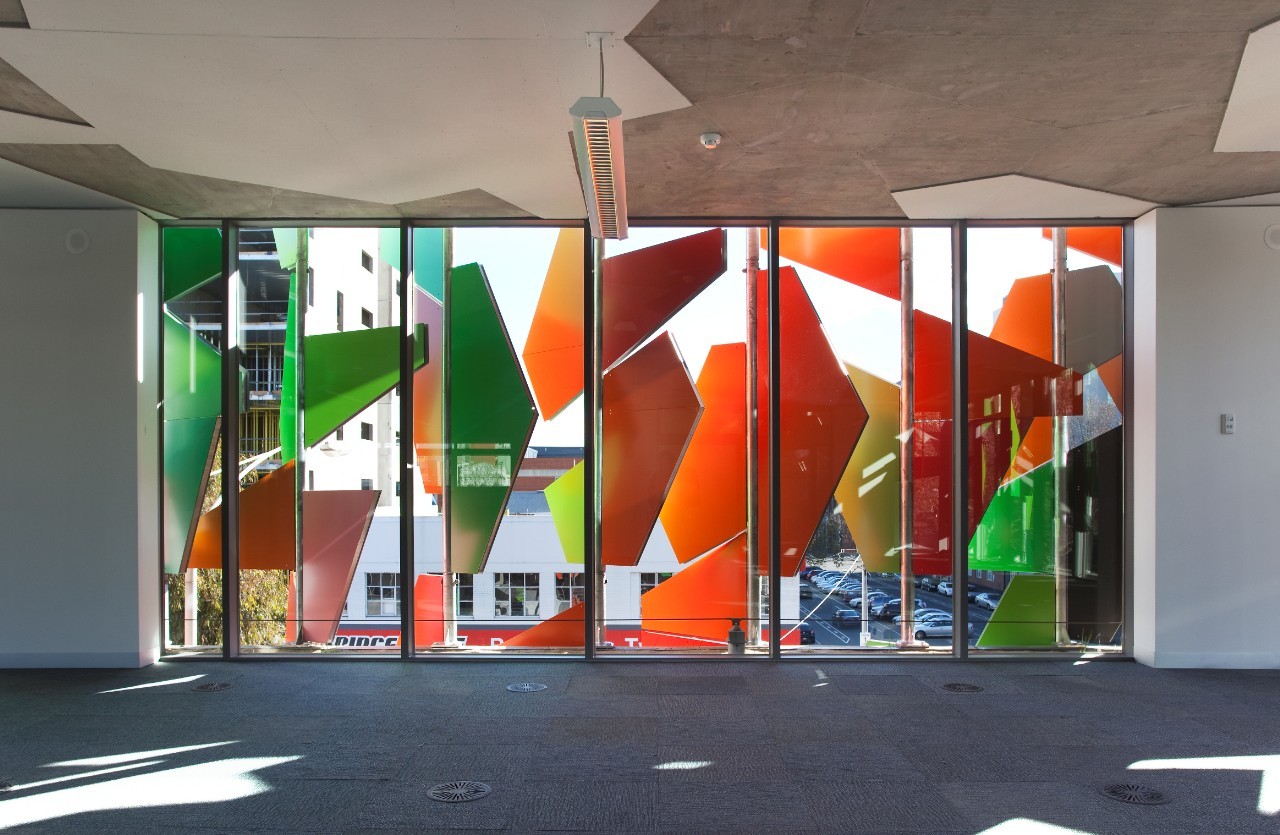
View inside Pixel looking out. Courtesy of Ben Hosking
Bank of America Tower, New York City, USA (LEED Platinum): Cook+Fox Architects designed this iconic tower, incorporating advanced energy-efficient systems, water conservation features, and indoor air quality measures. It stands as a testament to sustainable skyscraper construction in the heart of Manhattan.
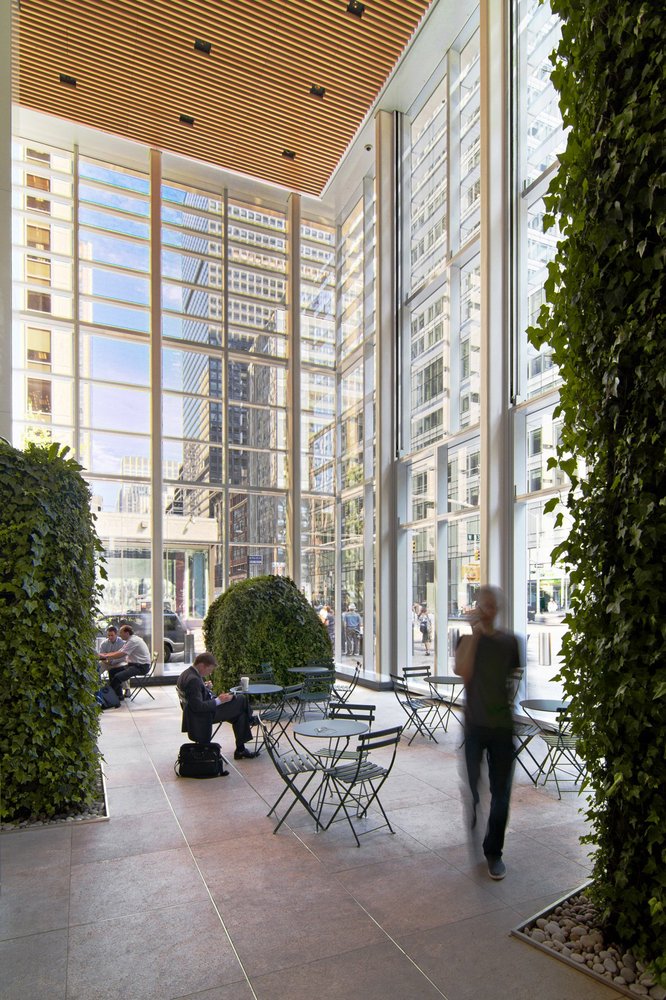
Ground Floor of Bank of America Tower. Courtesy of Cook + Fox Architects
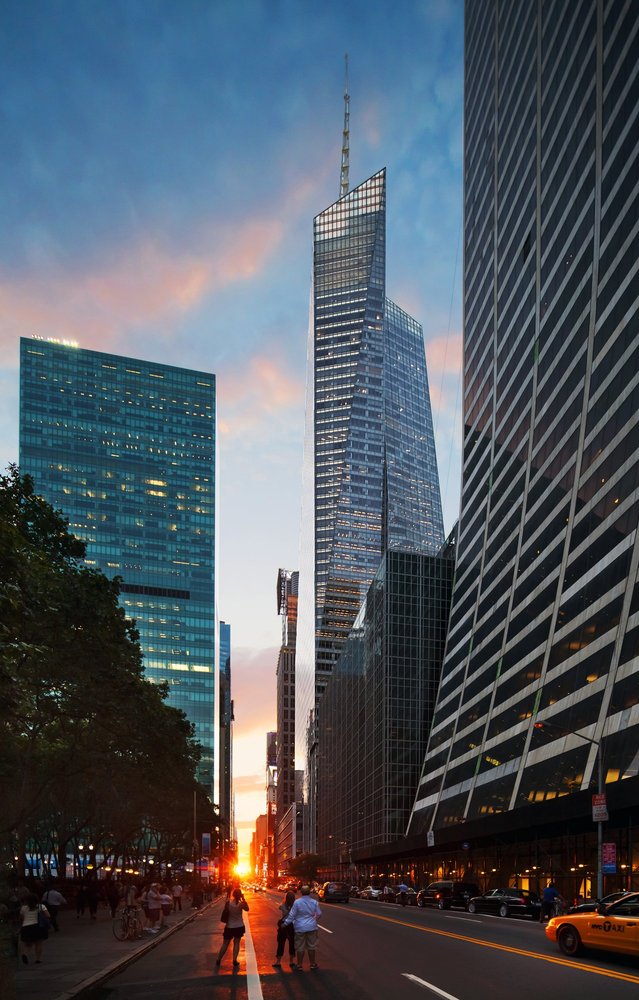
Bank of America Tower. Courtesy of Cook + Fox Architects
Manitoba Hydro Place, Winnipeg, Canada (LEED Platinum): Designed by Kuwabara Payne McKenna Blumberg Architects, Manitoba Hydro Place is a pioneer in energy efficiency. It features a high-performance facade, geothermal heating and cooling, and a rainwater harvesting system, making it a LEED Platinum-certified green building.

Manitoba Hydro Place, Courtesy of Gerry Kopelow
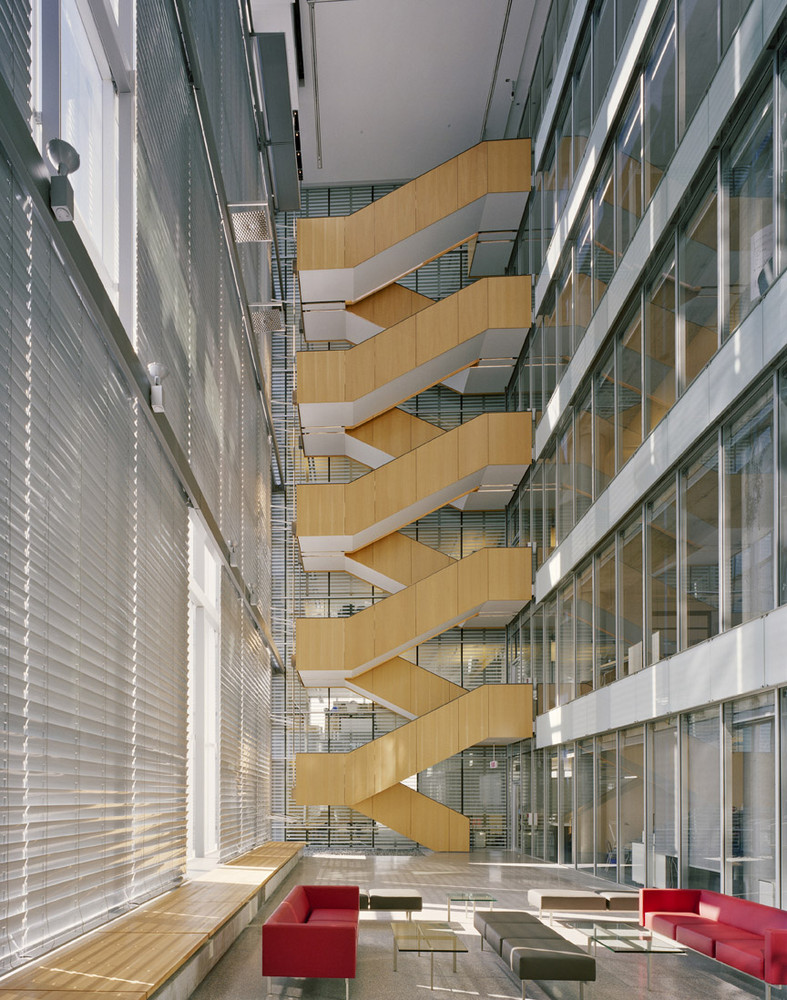
Inside Manitoba Hydro Place, Courtesy of Gerry Kopelow
Change Initiative Building, Dubai, UAE (LEED Platinum): Dubai’s Change Initiative Building is an architectural marvel in the desert landscape. It incorporates energy-efficient systems, solar panels, and water-saving technologies to achieve LEED Platinum certification, showcasing Dubai’s commitment to green building practices even in challenging climates.

Inside the Change Initiative Building. Courtesy of Gundeep Singh

Change Initiative Building
Global Bank, Santa Maria, Panama City, Panama: Designed by the studio Forza Creativa, The LEED certification version used for this project was LEED BD+C: Core and Shell. Global Bank Santa Maria was conceived as a commercial use building including retail and office spaces. Some sustainable design and construction aspects of the project include: preferential parking for low-emitting and fuel-efficient vehicles, a 40% reduction of indoor water use, 21% reduction of total building energy consumption, HVAC systems that meet the efficiency requirements of the Advanced Buildings Core Performance Guide, 85% diversion of waste generated during construction from the municipal landfill, low-VOC materials, including: adhesives, sealants, paints, coatings and flooring systems.

Global Bank Panama Headquarters. Courtesy of Tirone Garcia, via Forza Creativa
These LEED-certified buildings serve as beacons of inspiration, demonstrating that sustainable architecture is not just a possibility but a necessity in the contemporary world. Through innovative design and a commitment to eco-friendly practices, these structures pave the way for a more sustainable future.
LEED stands as a beacon of hope in the realm of sustainable architecture. Its journey from a visionary concept to a globally embraced standard exemplifies the transformative power of collaboration, innovation, and environmental consciousness. As LEED continues to evolve, it not only shapes the buildings of today but also paves the way for a more sustainable, ecologically responsible future. Through LEED, architects and builders worldwide are not merely constructing structures; they are laying the foundation for a harmonious coexistence between human habitation and the natural world.



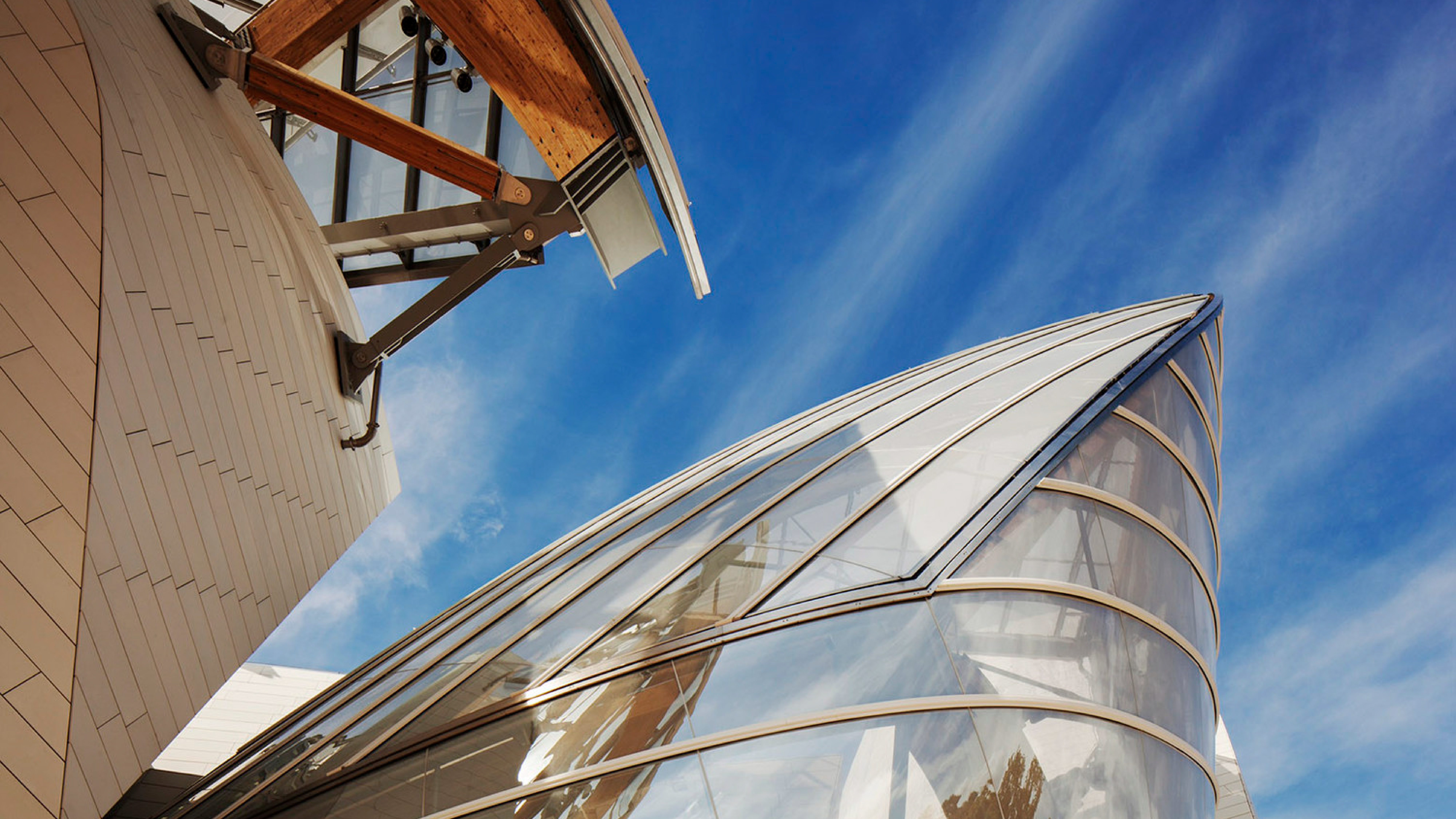
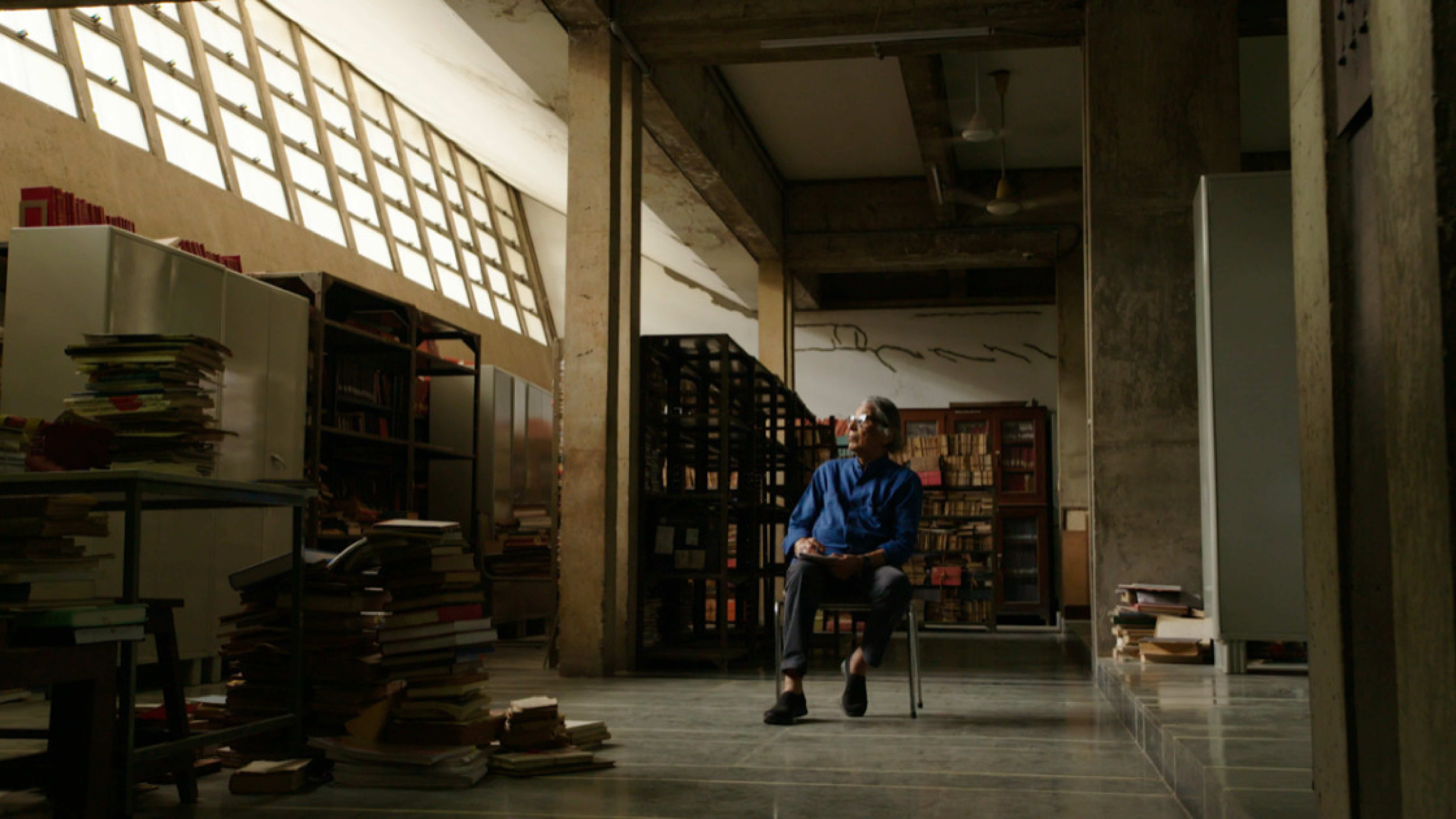
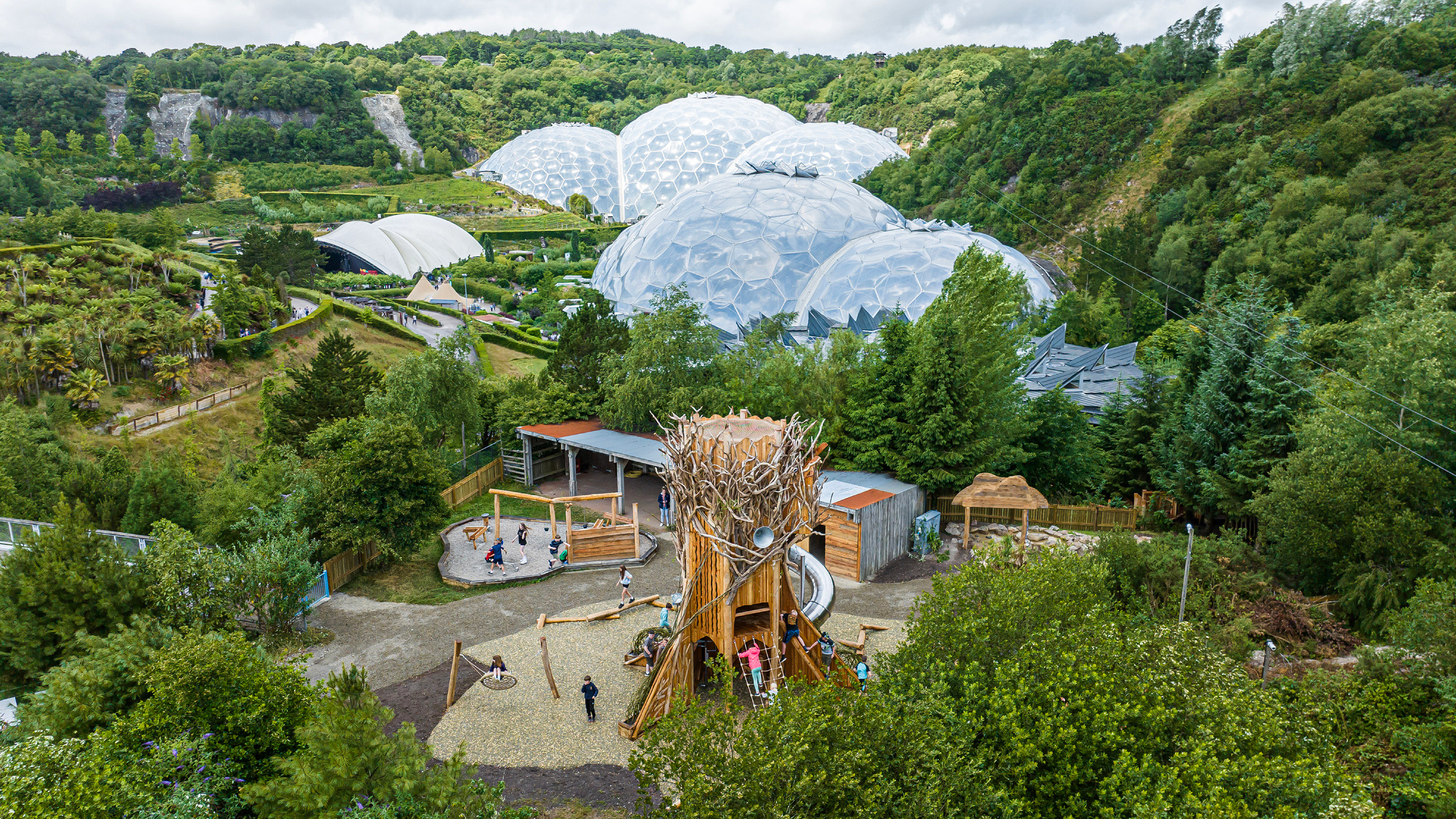

Leave A Comment